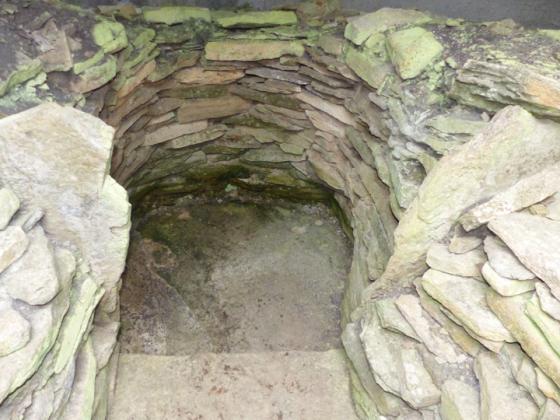Mr F W L Thomas brings the antiquary’s activities to life in ‘Account of some of the Celtic Antiquities of Orkney, including the Stones of Stenness, Tumuli, Picts-houses, &c., with Plans’.
The only example of the eliptical or long barrow existing in Orkney (that I am aware of) occurs upon the shore of the North Loch, 100 yards to the eastward of the Ring of Brogar. It measures 112 feet in the direction of its major axis, while its minor is but sixty-six feet, that is, it is twice as long as it is broad. The level ridge on the top is twenty-two feet, and its height twenty-two. The west side is so steep as to be difficult to clamber up. On the opposite side it has been dug into, but not recently, and it may be that from this one the fibulae mentioned by Wallace were obtained.
There is a fine spring of water at the foot of the tumulus upon the loch side, and not unfrequently in summer a group of hungry antiquaries may be seen gazing with fixed attention not into the musty recesses of a kistvaen, but the still more interesting interior of a provision-basket. All these large hillocks are covered by a short green turf, which renders them picturesque and pleasing objects.
p110 of Chapter 13 in: Archaeologia, Or, Miscellaneous Tracts Relating to Antiquity By the Society of Antiquaries of London (1851).
This can be read online courtesy of Google Books.







































































































































































